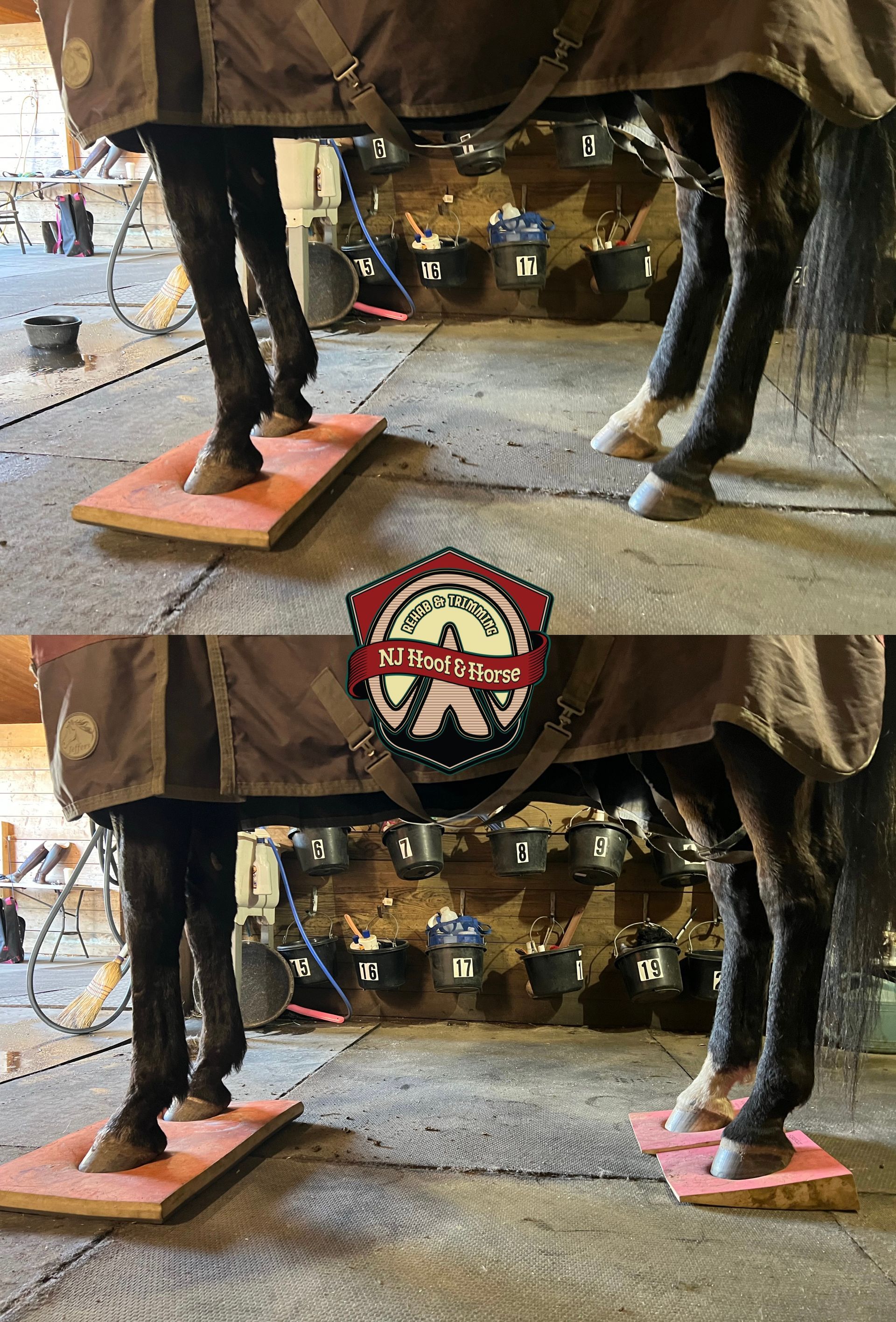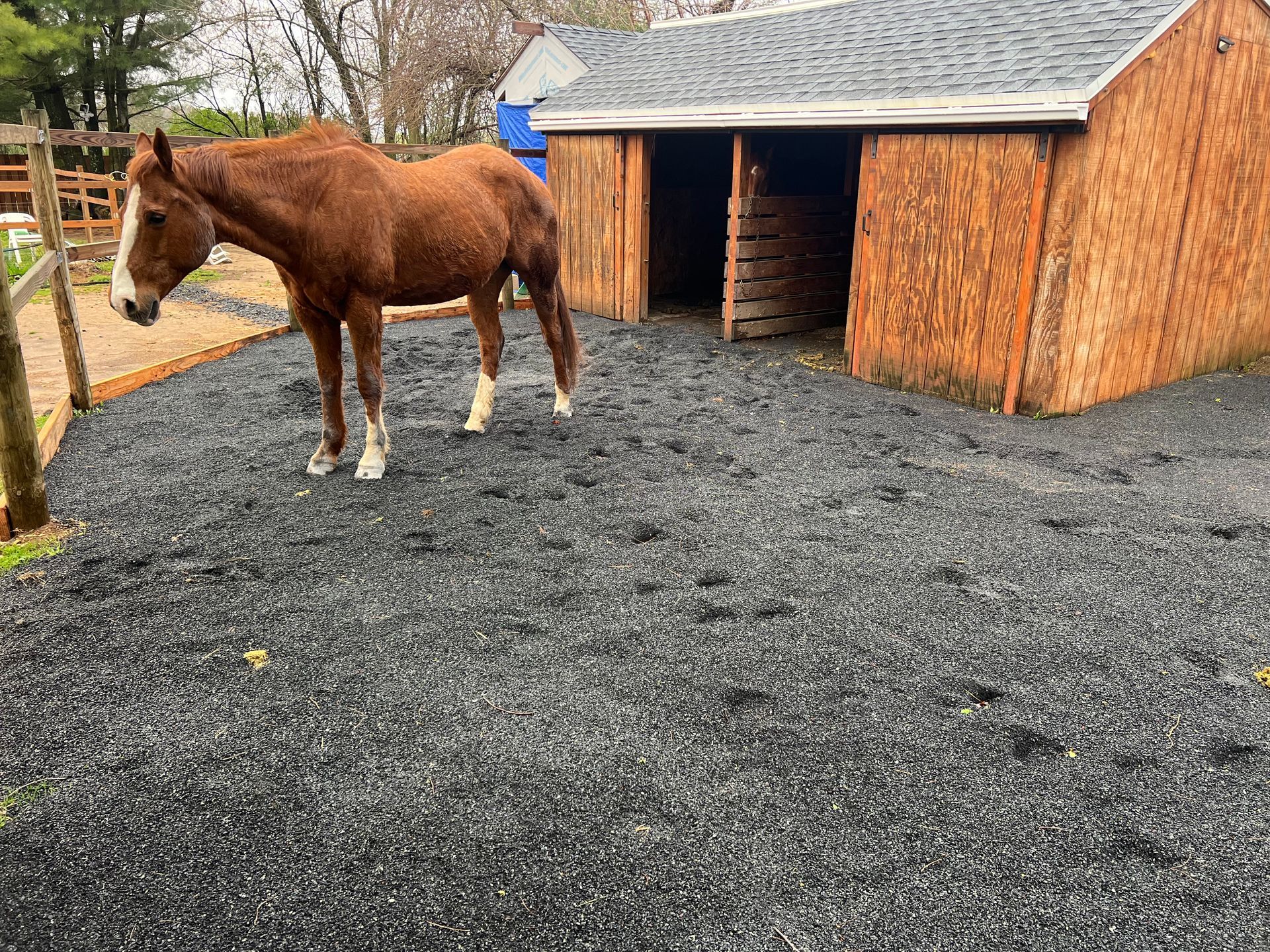Those white hooves are the worst
This is a subtitle for your new post
Raise your hand if you believe this🤚🏻😝
There’s a popular myth out there and surprisingly a lot of people still believe it. They think that white hooves are more vulnerable to damage and cracks than dark colored hooves. Is that true?🤔
I’ll tell you right away, no, that’s not true. Theres a ton of problematic white hooves out there as well as a ton of problematic dark hooves. How do we know that this popular belief is a myth?
First of all there’s no scientific proof anywhere that states that white hooves are weaker than dark hooves🤓. If there is any proof then please send it over to me, I wanna see it🤪. Second, I think that we believe this myth because out brains are getting tricked by an illusion and how we perceive information🧠.
The more you’ll spend time studying equine hooves the more you’ll notice that it’s very easy to find a bruise (red spot) or a surface crack on a white hoof than it is on a dark one. The dark hoof kind of “blends” the surface cracks with the background color. Bruises are even harder, if not impossible, to find on the dorsal wall of a dark hoof just because the pigment masks them.
Basically that’s the difference between a white and dark hoof, pigment. Dark hooves have pigment. White hooves don’t.
Depending on the genetics, a horse can be born with dark, white, striped, spotted hooves. ❗️That’s not important! ❗️Our priority should be the health of those hooves, not the color. As you may have read from my previous posts and articles, hoof health depends on the horses diet, movement and trimming.
Short post but enough to bust the myth!😅
Do any of your horses have white hooves? Comment below!
Hey, you’ve read another “one minute discussions” post, congrats!🥳
Denys A.
856-238-3533

